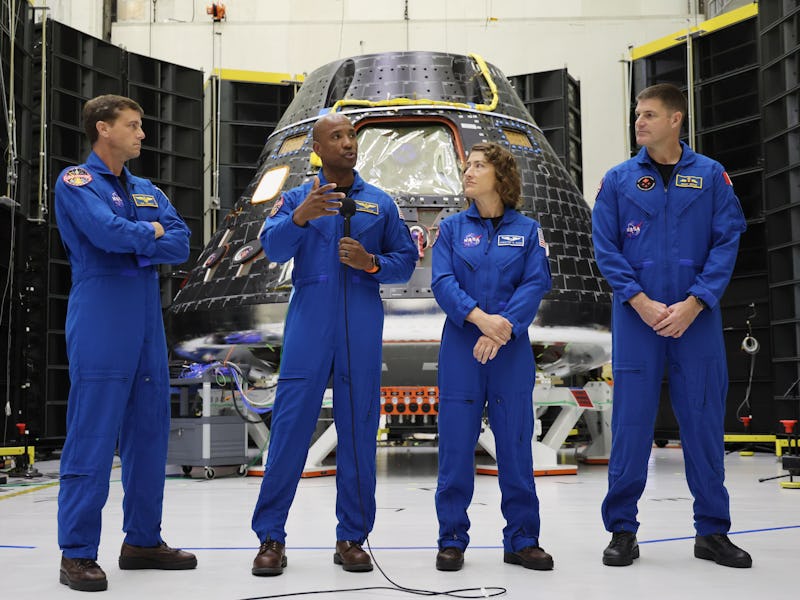NASA Is Delaying Artemis Moon Missions By A Year — Here’s The Main Safety Reason
NASA officials say they didn’t expect the heat shield to burn and fall apart as much as it did during Artemis I’s re-entry.

NASA has delayed humanity’s highly-anticipated return to the Moon, its Artemis II mission, to September 2025 from an original target launch of November 2024, citing the need for extra time to analyze why the space capsule’s heat shield created hazardous, burning debris upon re-entry to Earth during the Artemis I mission.
Hellish heat of about 5,000 degrees Fahrenheit engulfed NASA’s Artemis I Orion capsule on December 11, 2022, as it careened through Earth’s atmosphere at more than 24,000 miles per hour after visiting the Moon. But charred material unexpectedly flaked off Orion’s heat shield during a maneuver to slow the vehicle down. NASA officials say they didn’t expect the heat shield to burn and fall apart as much as it did.
At high speeds and high heat, debris can become a safety hazard. The space agency spent this past year analyzing the potentially hazardous debris, Amit Kshatriya, deputy associate administrator of NASA’s Moon to Mars Program, said during a media teleconference call on Tuesday. If the Artemis I Orion had a crew onboard, they wouldn’t have been in harm’s way, officials said on Tuesday. However, it could have posed a hazard if there was a crew onboard and it happened to be oriented in a different way. Because of this, Kshatriya said the team wants to fully understand why this debris happened in the first place and prevent it from occurring on future missions.
Hazardous debris is a known major safety risk for space launches. About a minute after the Space Shuttle Columbia launched in January 2003, the external tank released foam insulation. The debris struck the shuttle’s left wing, leaving a wound that likely contributed to the Columbia reentry disaster on February 1, 2003, which killed all seven crew members onboard.
The Artemis missions are NASA’s major push to establish an ongoing human presence on the Moon. Artemis II will be the first test of the vehicle that will send four astronauts — Reid Wiseman, Victor Glover, Christina Koch, and Jeremy Hansen — around the Moon’s farside and back. Artemis III is set to be the first Moon landing since Apollo (as long as no other country beats us to it). But that, too, is delayed. NASA Administrator Bill Nelson said Artemis III won’t fly earlier than September 2026, a year later than originally planned.
“Safety is our number one priority,” said Jim Free, NASA Associate Administrator, at the press conference. “We will launch when we are ready.”